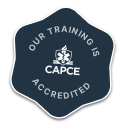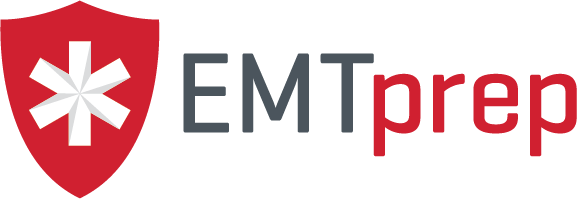
Success in the oral board station of the paramedic certification exam relies on being thorough, professional, and competent. Since this station involves no actual application of skills and is completely verbal, it is important that your patient assessment treatment priorities are conveyed clearly. The NREMT oral board scenarios evaluate scene management, patient assessment, patient management, interpersonal relationships, and overall integration (NREMT, 2018). Integration takes into account your verbal report, field impression, and transport decision (NREMT, 2018).
Scene management hinges on recognizes potential hazards throughout the call (Caroline, 2014). Potential hazards could be introduced at the beginning of your oral station, or be slid into the middle of your station while you are focused on patient treatment. Be aware that scene safety should be continuously assessed throughout a call (Caroline, 2014). Other aspects of call management could include calling for additional support, directing medical partners, or handling any family or bystanders present in the call. Management of family members or bystanders will reflect interpersonal relationship skills.
Patient assessment should be thorough and explained in a logical way. Determine the chief complaint of the patient, as well as the history of present illness (NREMT, 2018). You will also be evaluated on determining patient responses, pertinent negatives, and symptoms (NREMT, 2018). Ensure that you obtain the SAMPLE history of the patient. Remember that SAMPLE stands for signs and symptoms, allergies to medication, past medical history, last oral intake, and events leading up to the present illness (Caroline, 2014). Another aspect of the patient assessment is obtaining vital signs and assessing various body systems. These systems should be assessed in your patient assessment: respiratory, cardiovascular, gastrointestinal, genitourinary, musculoskeletal, neurologic, integumentary, hematologic, immunologic, endocrine, and psychiatric (NREMT, 2018).
Patient management in the oral board station centers on initial stabilization of the patient, treatments provided for the patient, monitoring of the patient, additional resources needed to manage the patient, and working with the patient’s response to your interventions (NREMT, 2018). Initial stabilization must address any compromise to airway, breathing, or circulation (Caroline, 2018). Treatments must be appropriate for the patient; it is important that you are aware of disease processes and medication doses. Any potentially harmful or dangerous action or treatment that you perform may result in you failing the oral board station (NREMT, 2018). Ensure that you are monitoring the patient, and reassess at appropriate times to determine the patient’s response to your treatment.
Transport decision takes into account lifting and moving of the patient, mode of transportation (Code 1, Code 3, helicopter), and what facility the patient will be transported to (NREMT, 2018). Finally, the oral board station will require you to state a field impression of the patient, along with your rationale for the field impression (NREMT, 2018). You will then have to give a verbal report which must include the chief complaint, interventions, current patient condition, and an ETA (NREMT, 2018). Depending on what scenario you are given, there will be several mandatory actions that you must complete in order to pass the station (NREMT, 2018).
References
NREMT. (2018). Psychomotor Exams. Retrieved from https://www.nremt.org/rwd/public/document/psychomotor-exam
Pilbery, Richard, and Nancy L. Caroline. Nancy Carolines Emergency Care in the Streets. Jones & Bartlett Learning, 2014.
- Dozens of courses and topics
- State-specific requirements
- We report to CAPCE in real time


